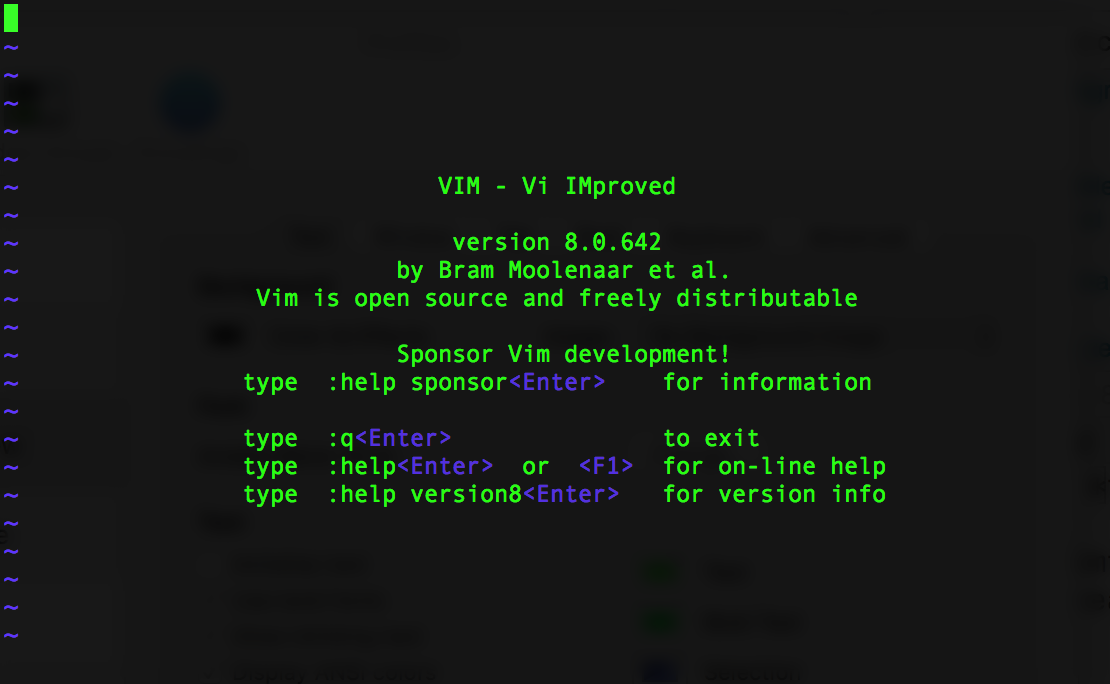When working with HTTP requests in JavaScript, you might wonder why many developers prefer axios over the built-in fetch API. While fetch is natively available and works well for basic requests, axios offers several advantages that make it a more convenient choice in real-world applications.
In this article, we’ll compare fetch and axios with practical examples to illustrate why many developers still prefer axios despite fetch being a built-in function.
1. Cleaner and More Readable Code
With fetch, you need to manually check the response status and convert it to JSON:
fetch("https://api.example.com/data")
.then(response => {
if (!response.ok) {
throw new Error("Network response was not ok");
}
return response.json();
})
.then(data => console.log(data))
.catch(error => console.error("Fetch error:", error));
In contrast, axios automatically parses JSON and handles HTTP errors more cleanly:
axios.get("https://api.example.com/data")
.then(response => console.log(response.data))
.catch(error => console.error("Axios error:", error));
2. Automatic JSON Conversion
With fetch, you need to call response.json() manually:
fetch("https://api.example.com/data")
.then(response => response.json())
.then(data => console.log(data))
.catch(error => console.error("Error:", error));
With axios, the response is already parsed:
axios.get("https://api.example.com/data")
.then(response => console.log(response.data))
.catch(error => console.error("Error:", error));
3. Better Error Handling
fetch does not reject the promise on HTTP errors (e.g., 404 or 500). Instead, you must manually check response.ok:
fetch("https://api.example.com/data")
.then(response => {
if (!response.ok) {
throw new Error("HTTP error! Status: " + response.status);
}
return response.json();
})
.then(data => console.log(data))
.catch(error => console.error("Fetch error:", error));
axios automatically throws an error for non-2xx responses, which simplifies error handling:
axios.get("https://api.example.com/data")
.then(response => console.log(response.data))
.catch(error => console.error("Axios error:", error));
4. Timeout Support
fetch does not support request timeouts natively. You have to use AbortController:
const controller = new AbortController();
const timeoutId = setTimeout(() => controller.abort(), 5000);
fetch("https://api.example.com/data", { signal: controller.signal })
.then(response => response.json())
.then(data => console.log(data))
.catch(error => console.error("Timeout or fetch error:", error));
With axios, you can set a timeout with a simple option:
axios.get("https://api.example.com/data", { timeout: 5000 })
.then(response => console.log(response.data))
.catch(error => console.error("Timeout or other error:", error));
5. Request and Response Interceptors
fetch does not provide built-in support for request and response interception. You need to wrap it in a function manually.
In contrast, axios allows you to modify requests and responses easily with interceptors:
axios.interceptors.request.use(config => {
config.headers.Authorization = "Bearer my-token";
return config;
});
This is particularly useful for adding authentication tokens or modifying requests dynamically.
6. Request Cancellation
fetch requires AbortController for canceling requests, which can be cumbersome.
const controller = new AbortController();
fetch("https://api.example.com/data", { signal: controller.signal })
.then(response => response.json())
.then(data => console.log(data))
.catch(error => console.error("Fetch error:", error));
// Cancel the request
controller.abort();
axios provides a simpler CancelToken API for request cancellation:
const source = axios.CancelToken.source();
axios.get("https://api.example.com/data", { cancelToken: source.token })
.catch(thrown => {
if (axios.isCancel(thrown)) {
console.log("Request canceled", thrown.message);
}
});
// Cancel the request
source.cancel("Operation canceled by the user.");
7. Better Browser Compatibility
fetch is not supported in older browsers like Internet Explorer without a polyfill.
axios works in older browsers out of the box and provides a more consistent experience across different environments.
Conclusion: When to Use Fetch and When to Use Axios?
- If you’re making a simple request and don’t need advanced features,
fetchis fine. - If you need better error handling, request/response interception, timeouts, request cancellation, or browser compatibility,
axiosis a better choice.
While fetch is a powerful native API, axios simplifies many common HTTP request scenarios, making it the preferred choice for many developers. If your project involves multiple API calls, error handling, and authentication, axios will save you time and make your code more maintainable.
Do you use fetch or axios in your projects? Let us know in the comments!
References
Back to top ↑



Leave a comment